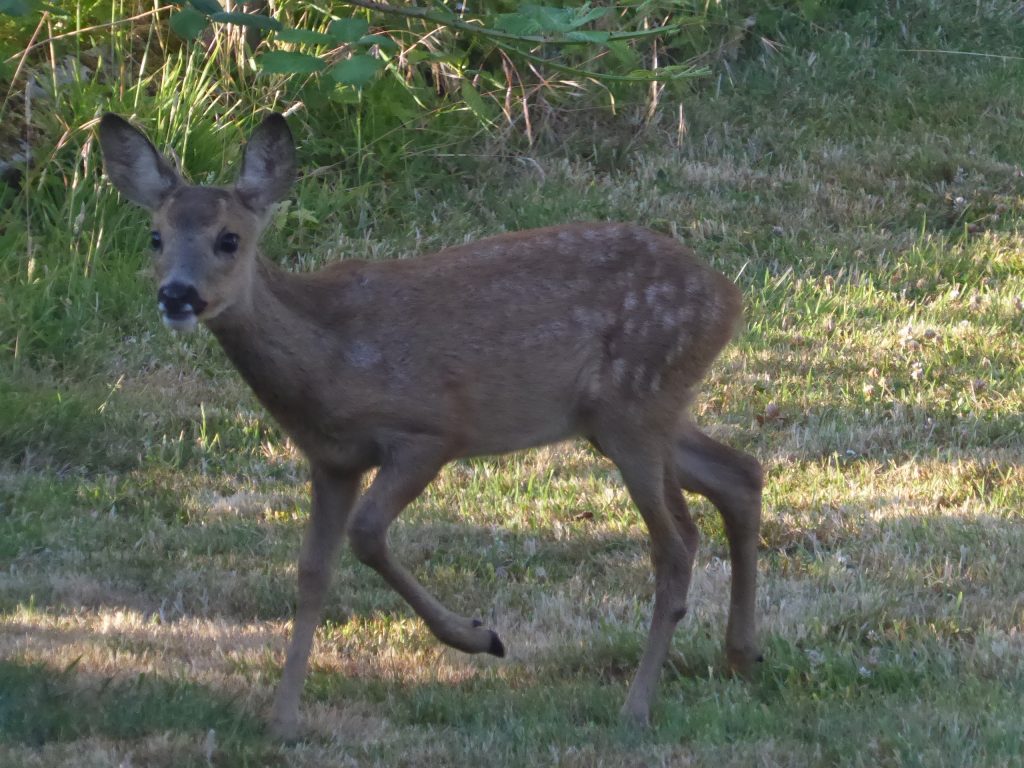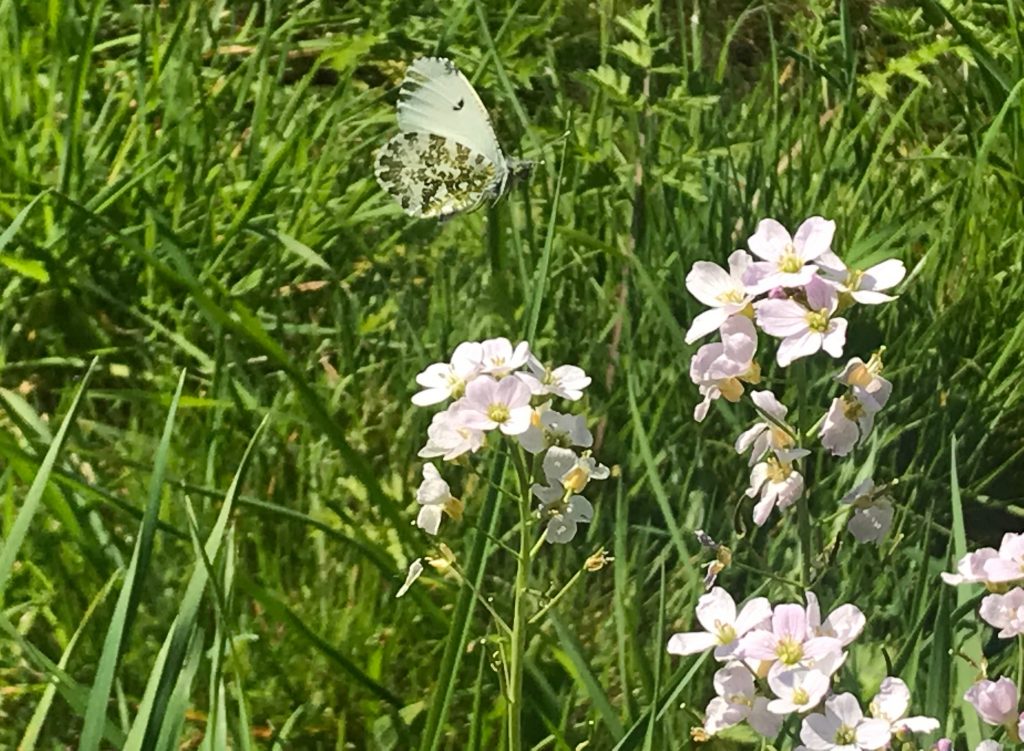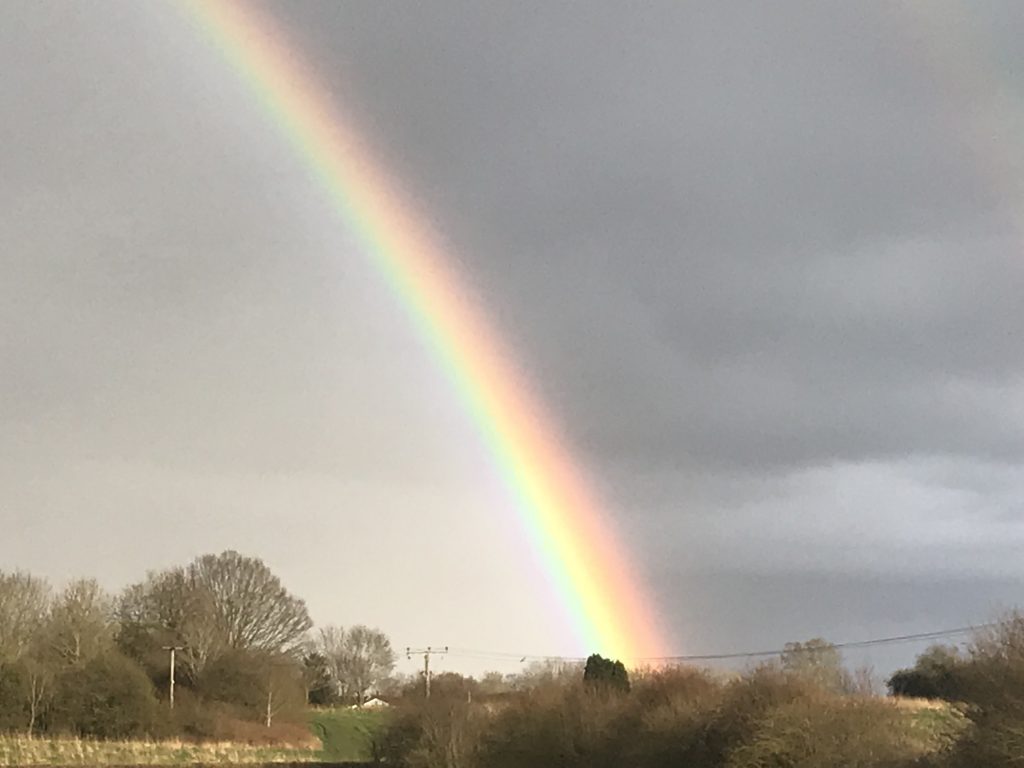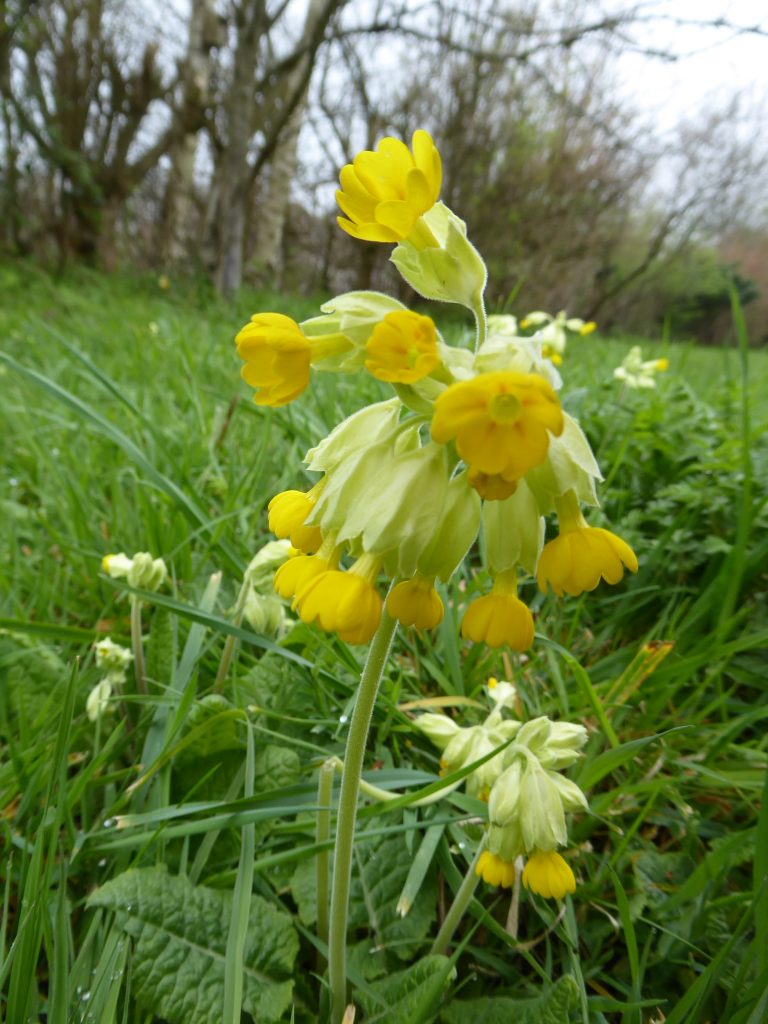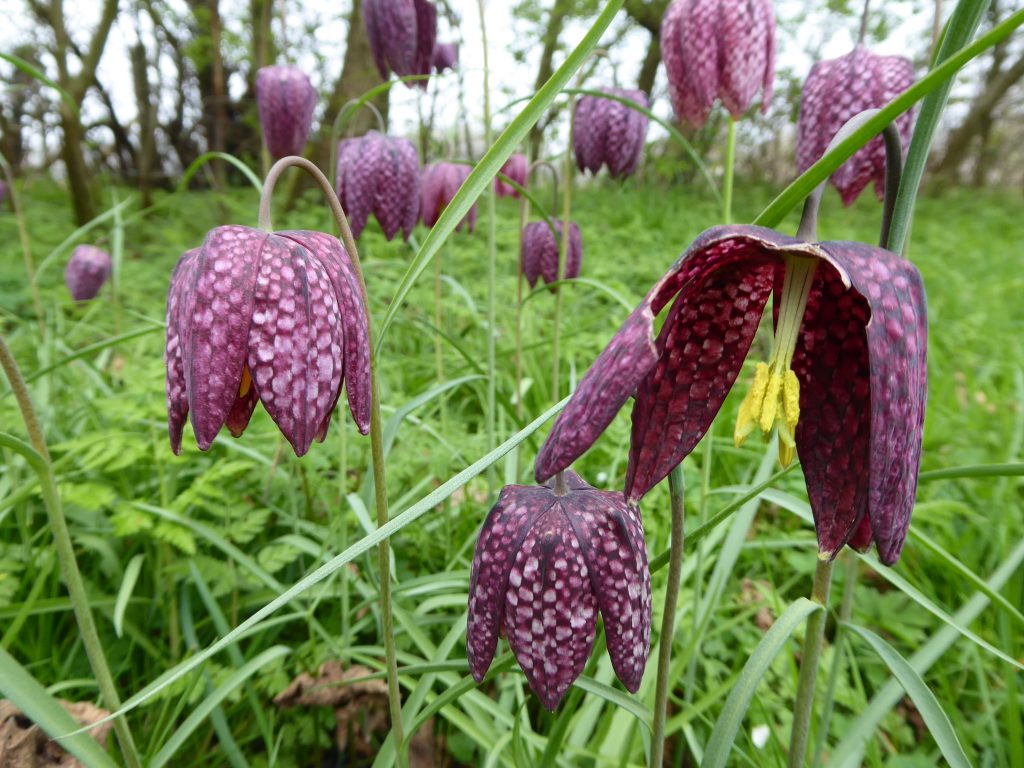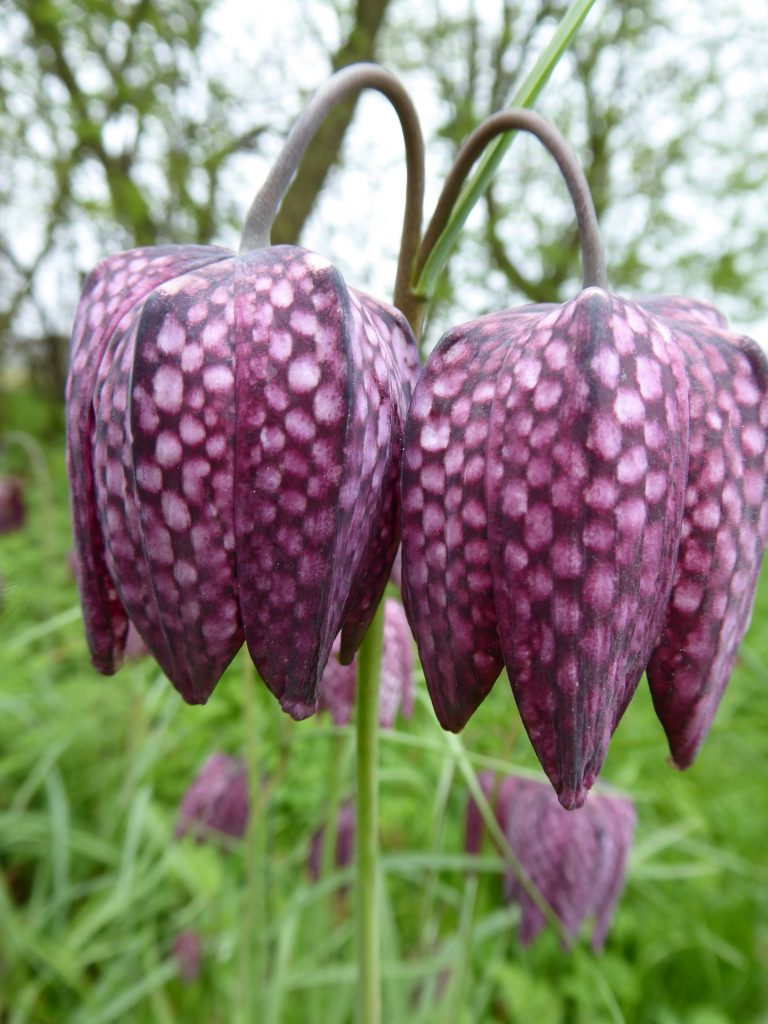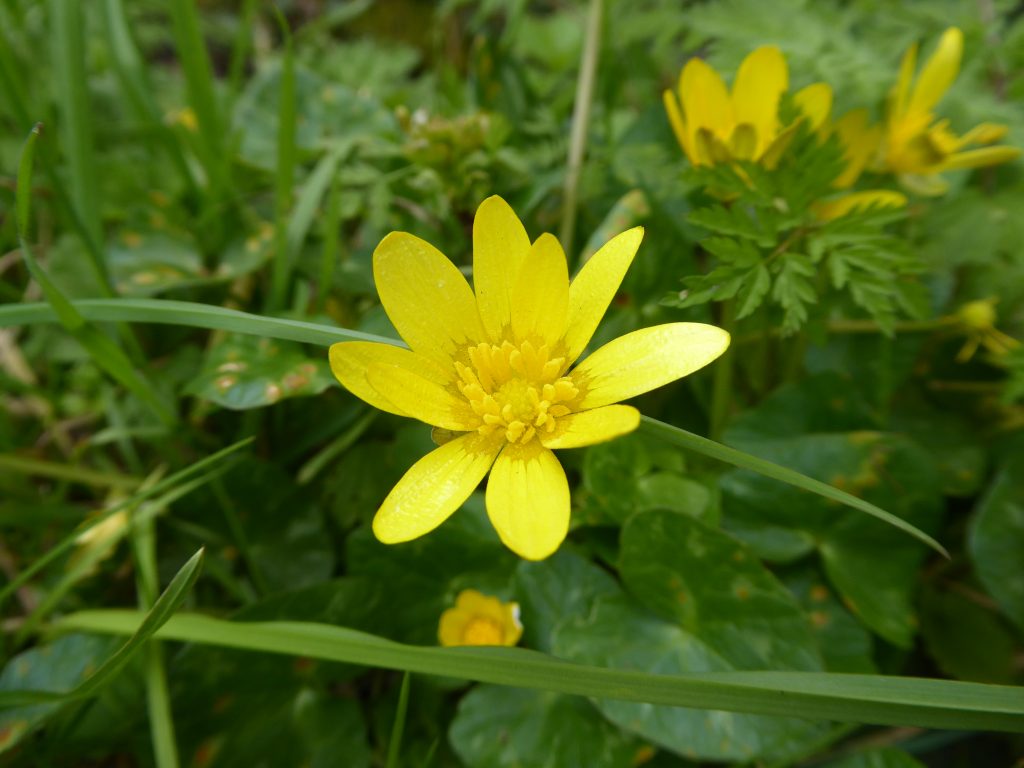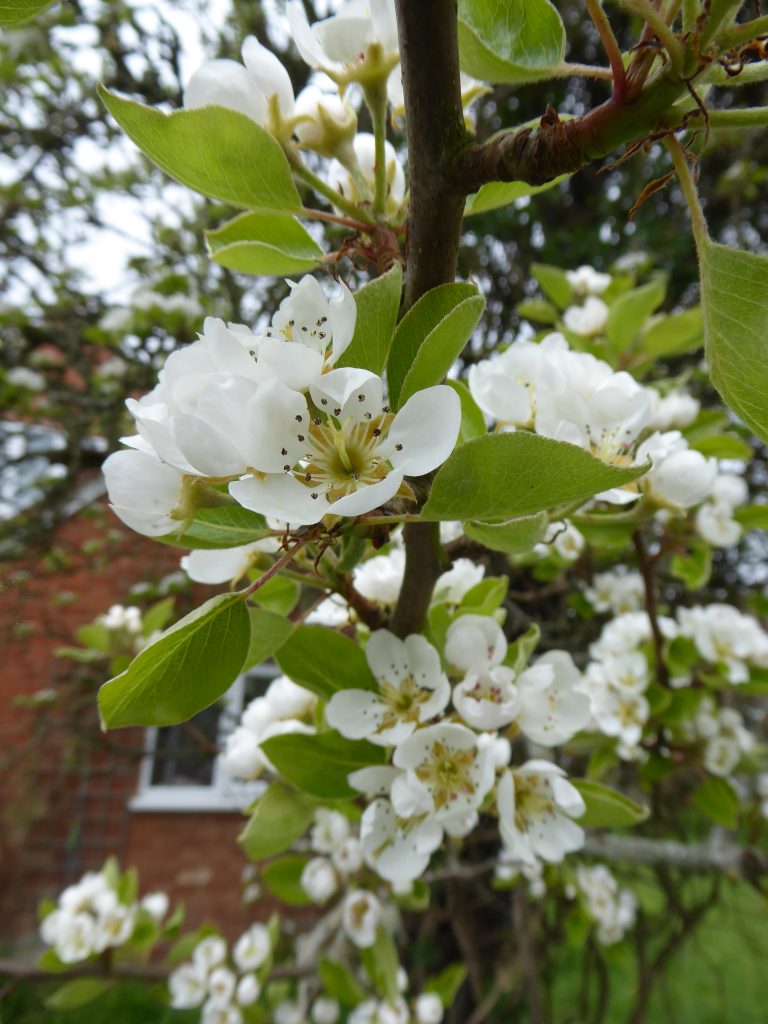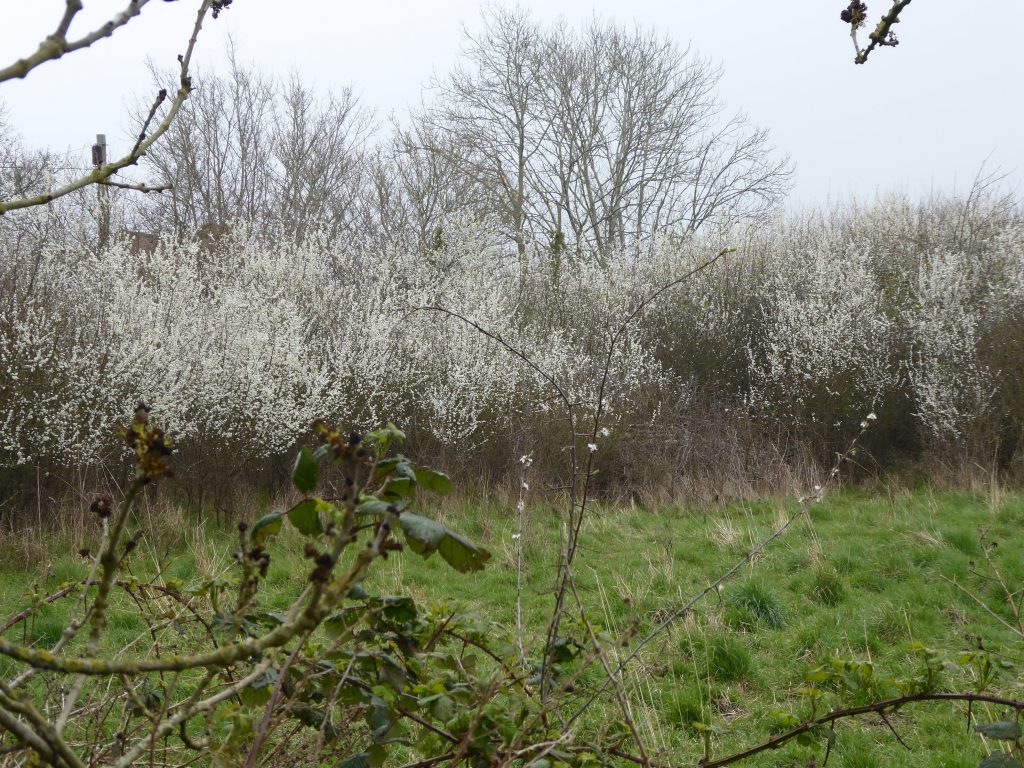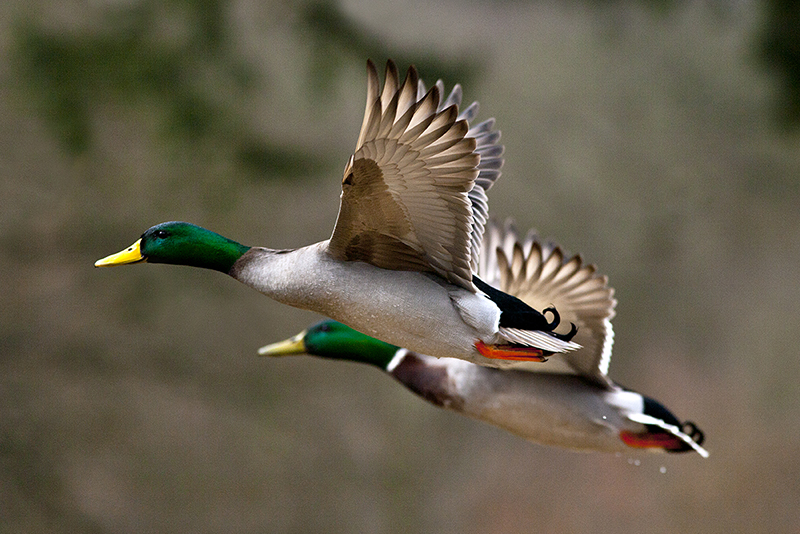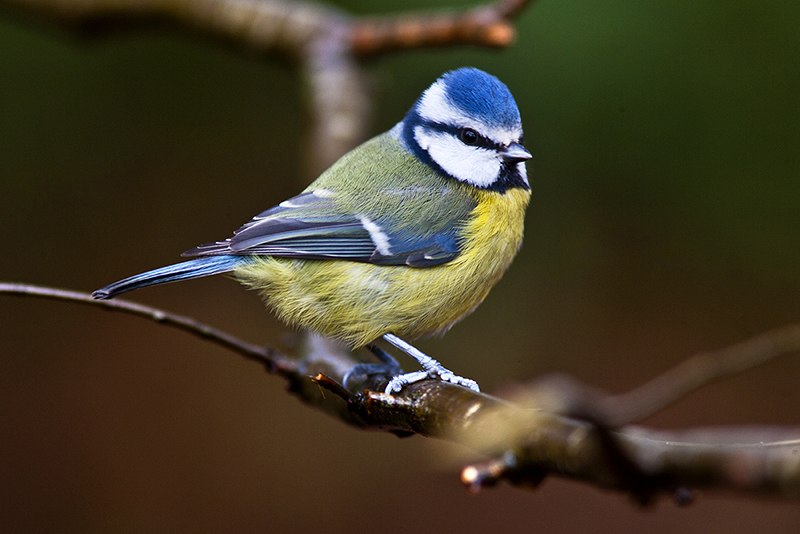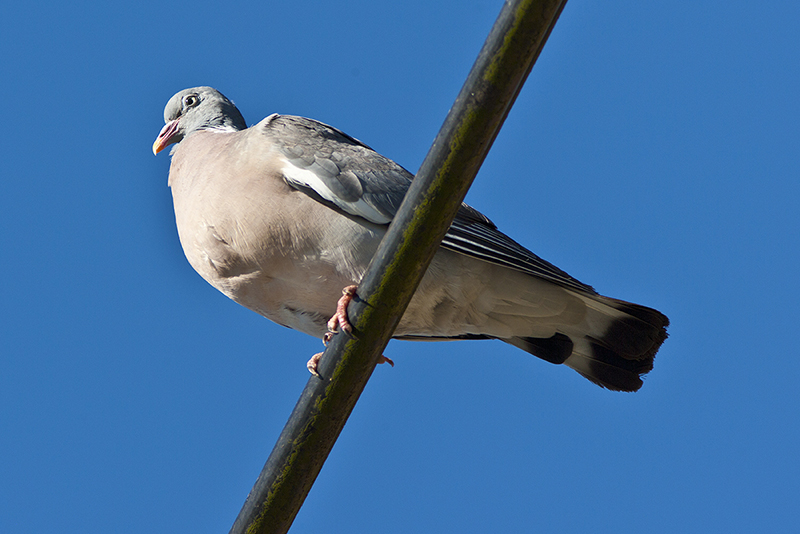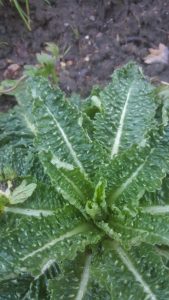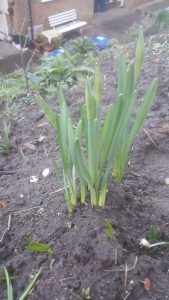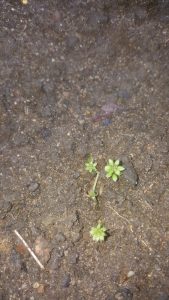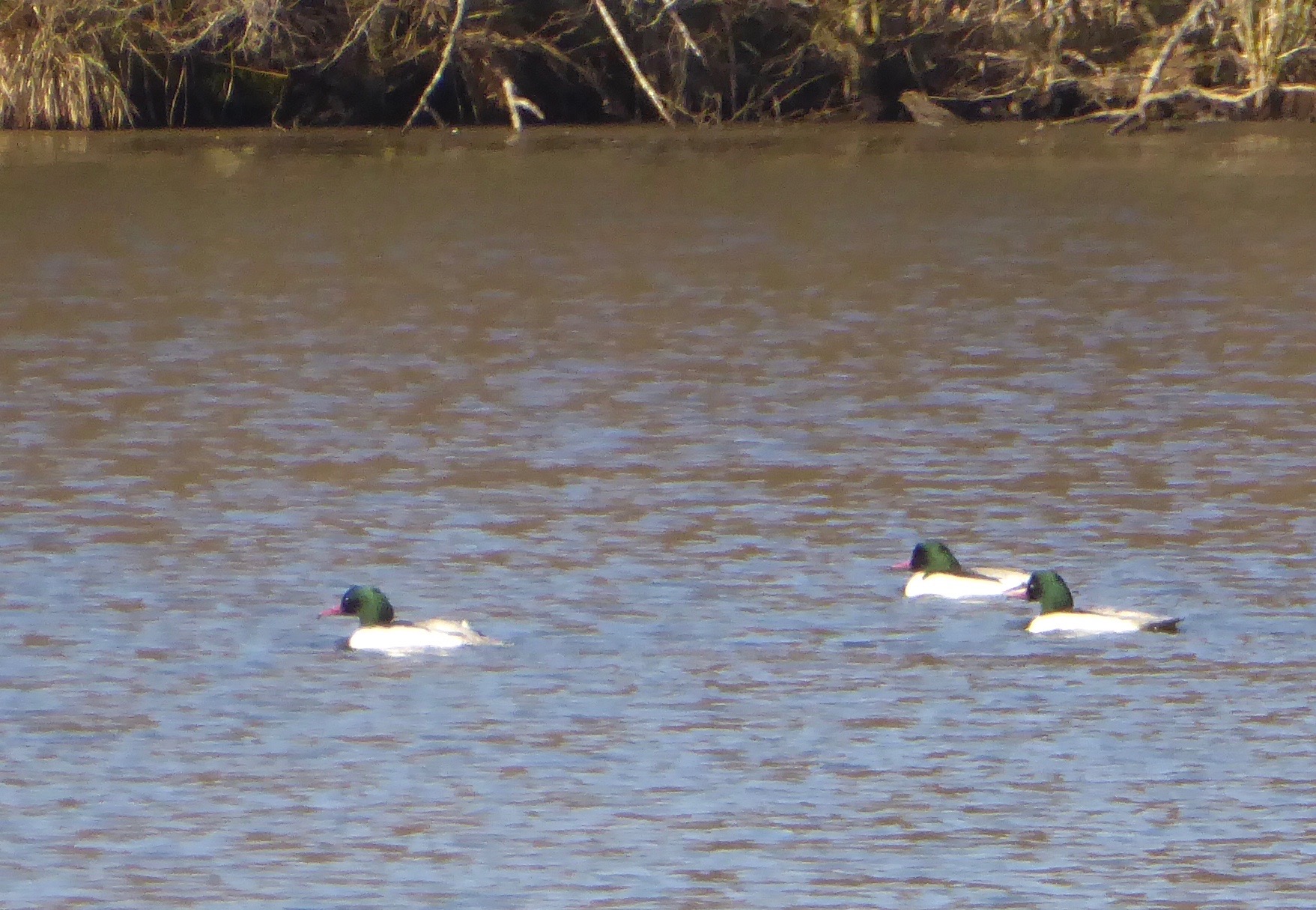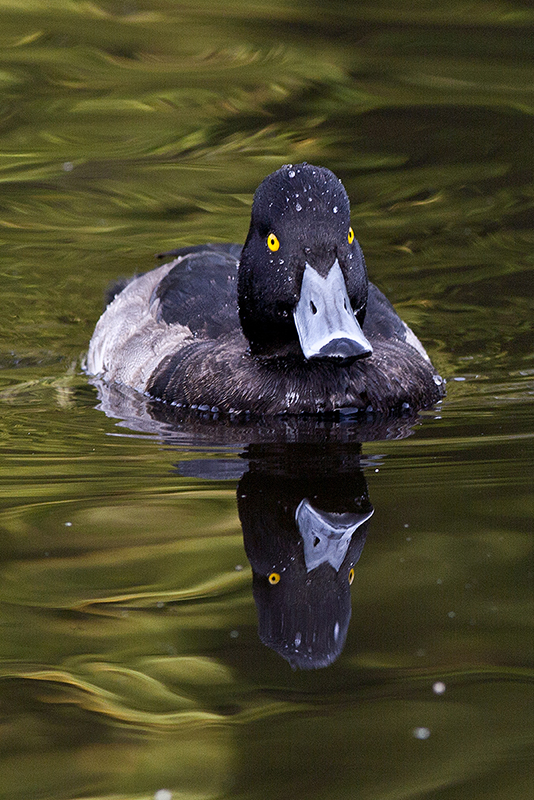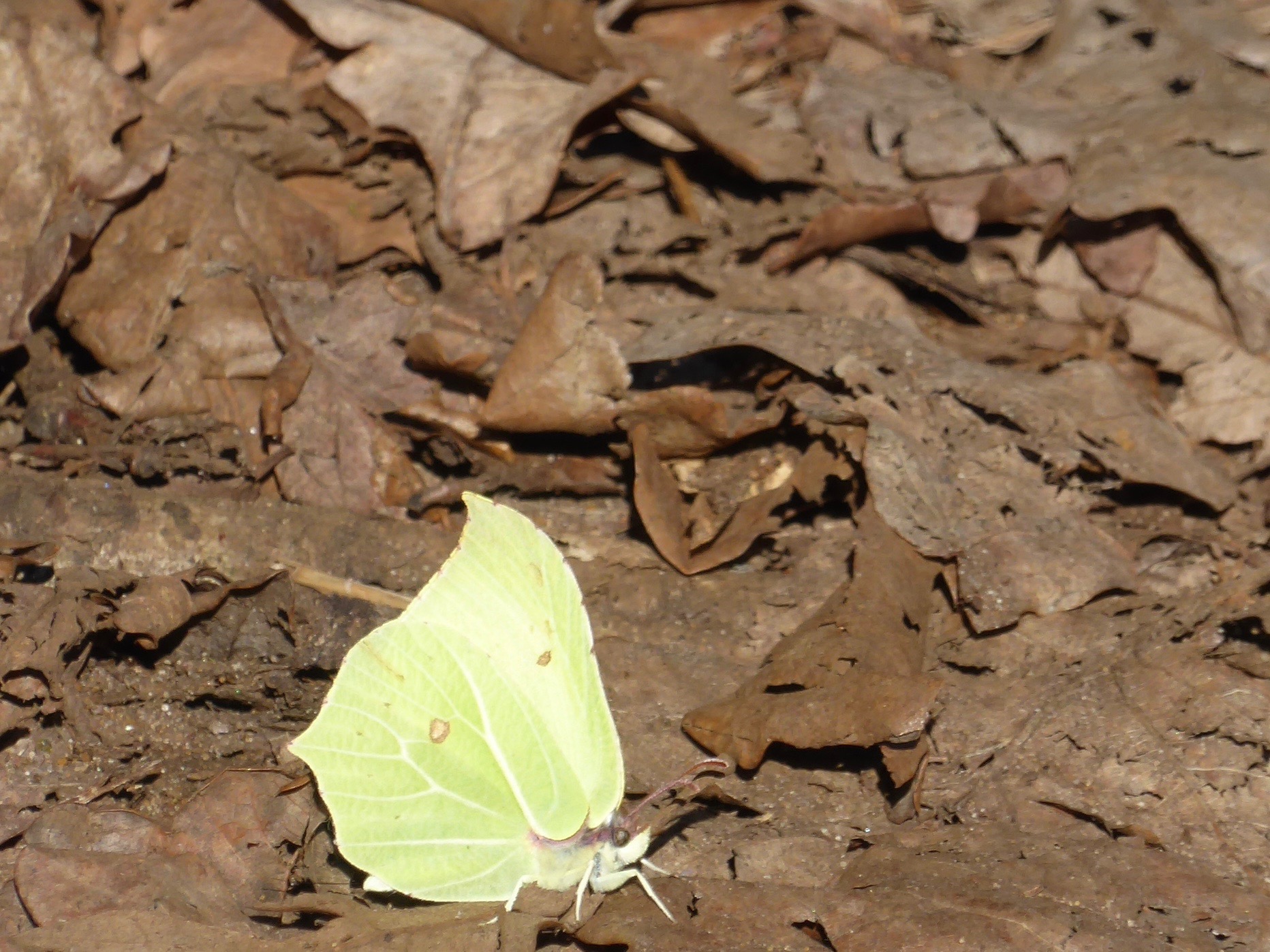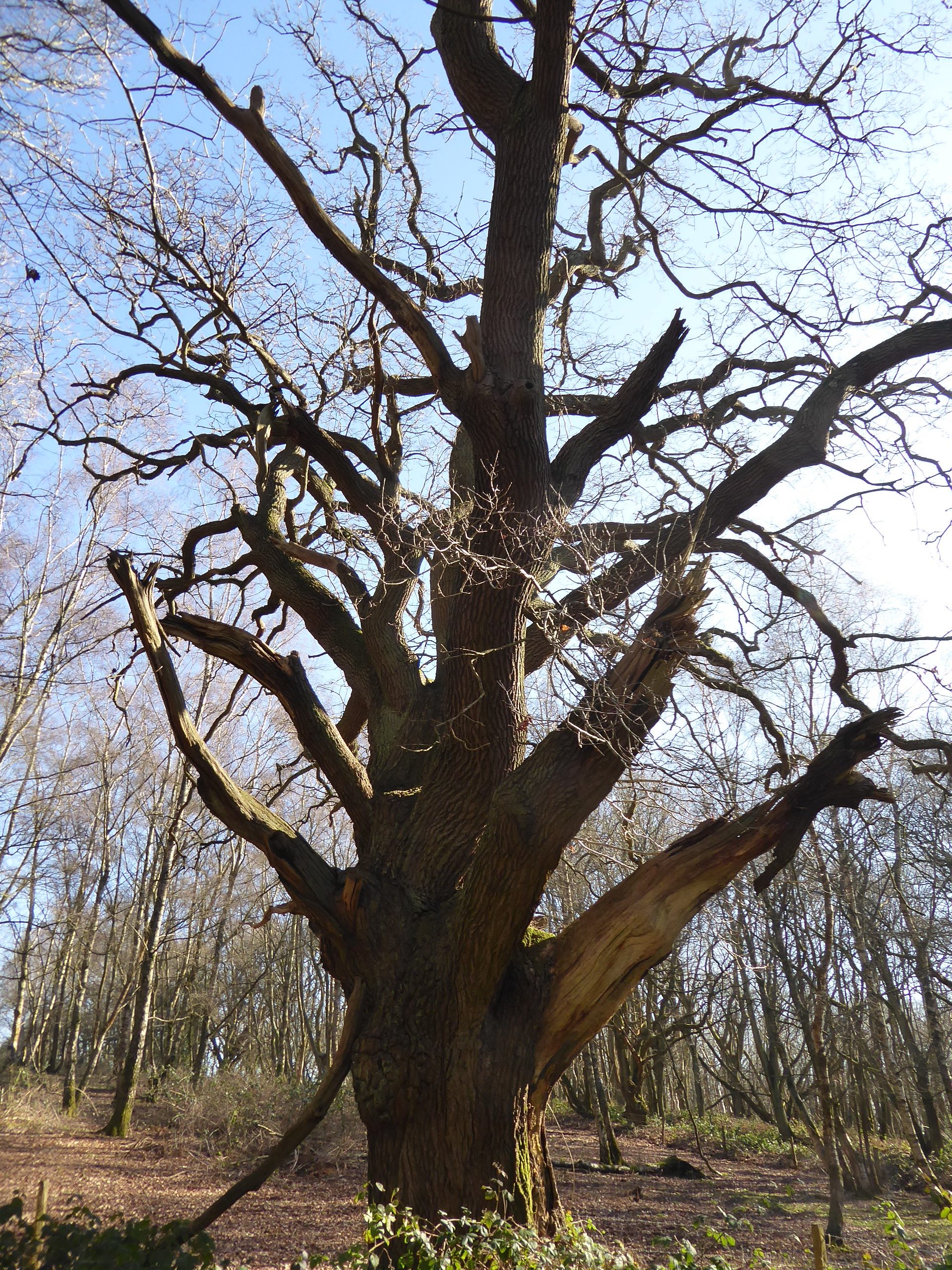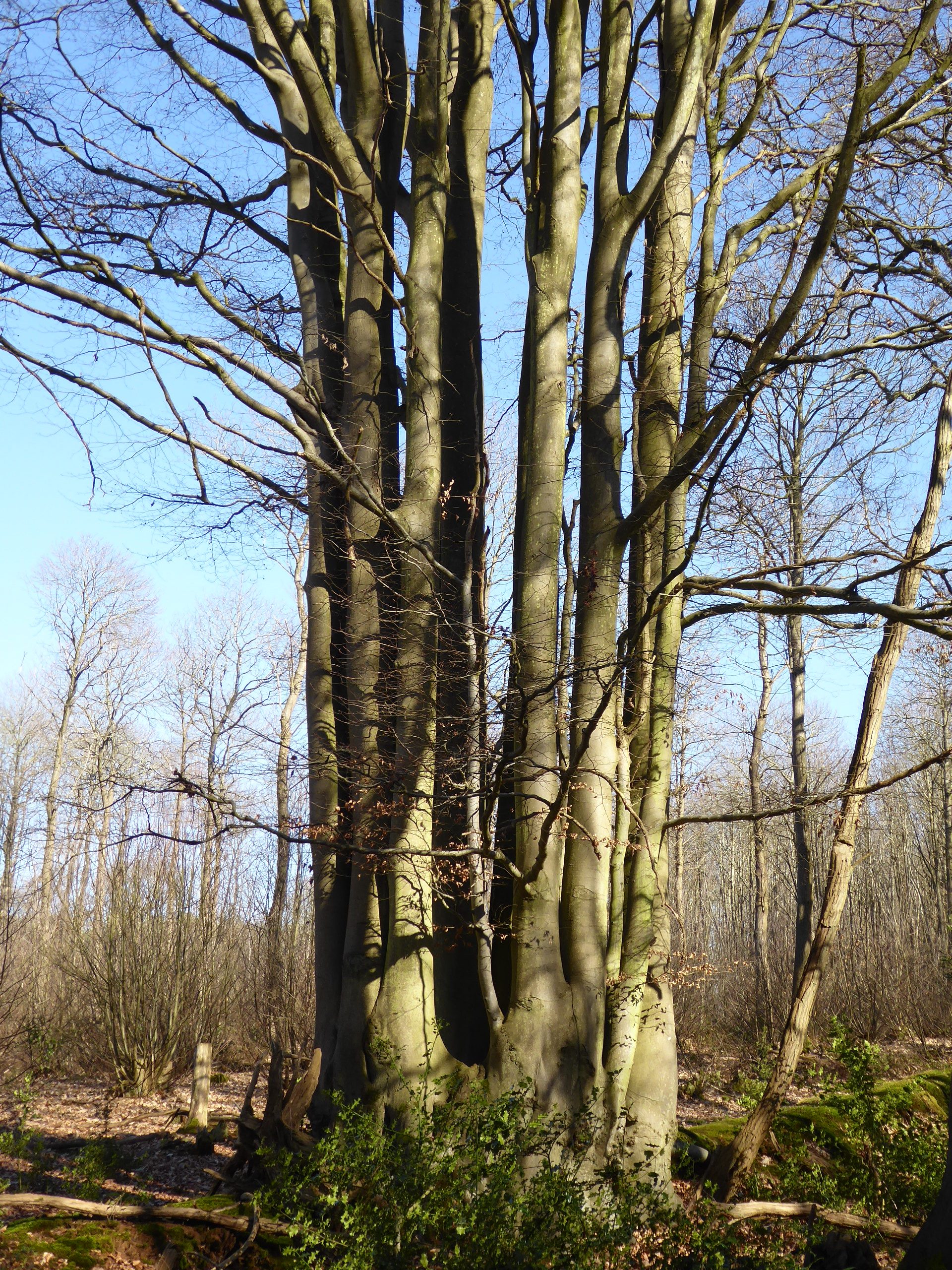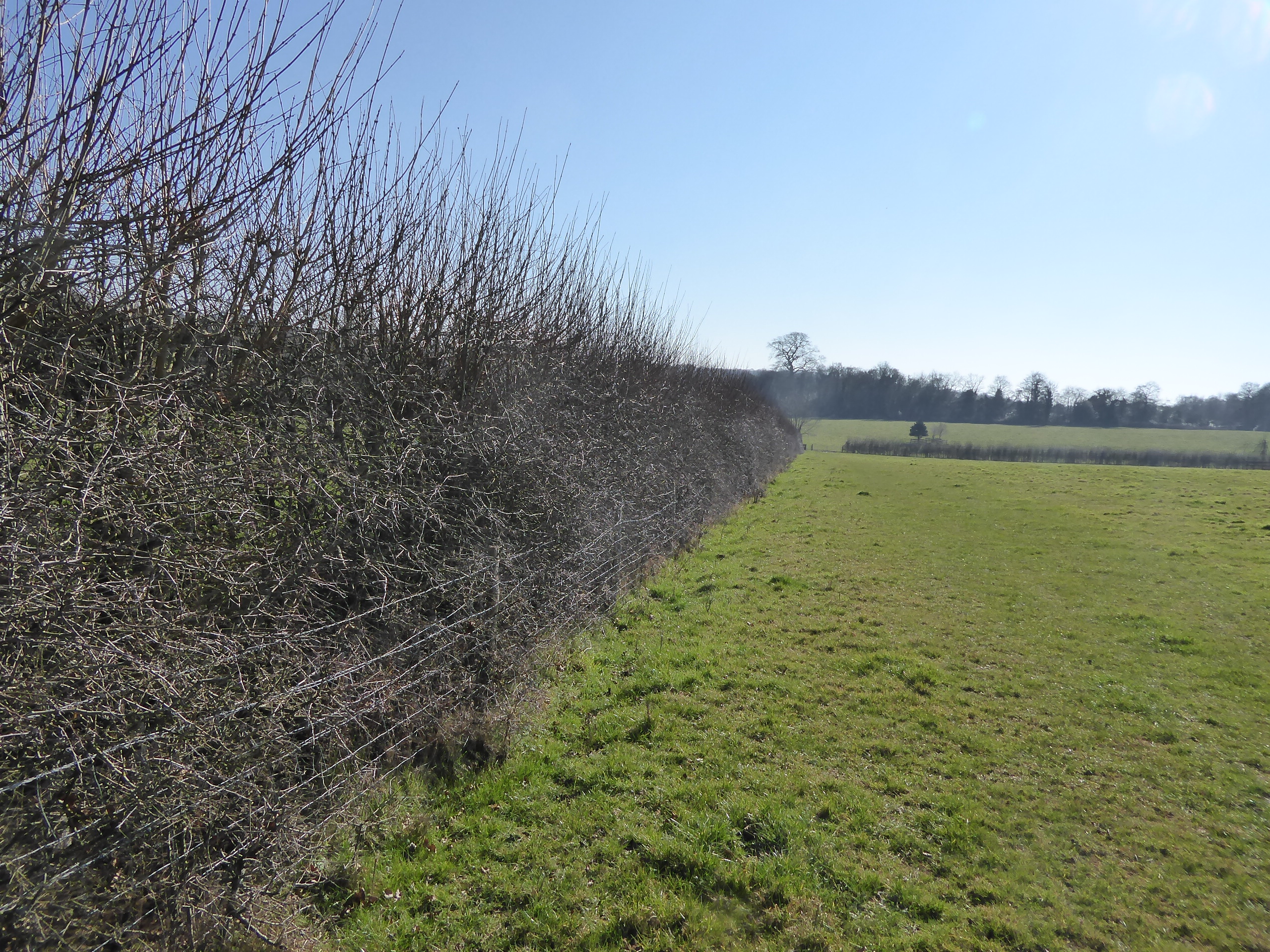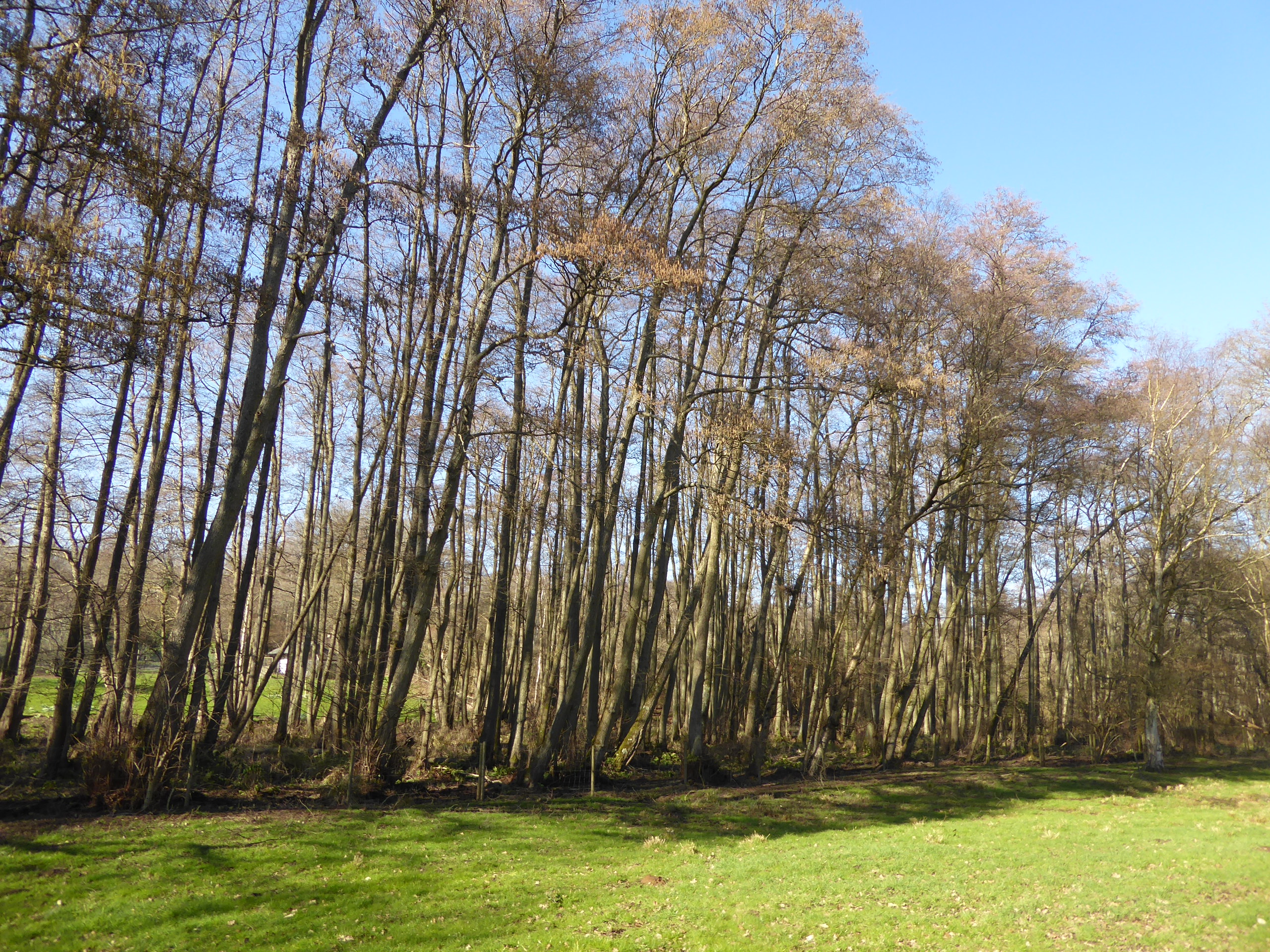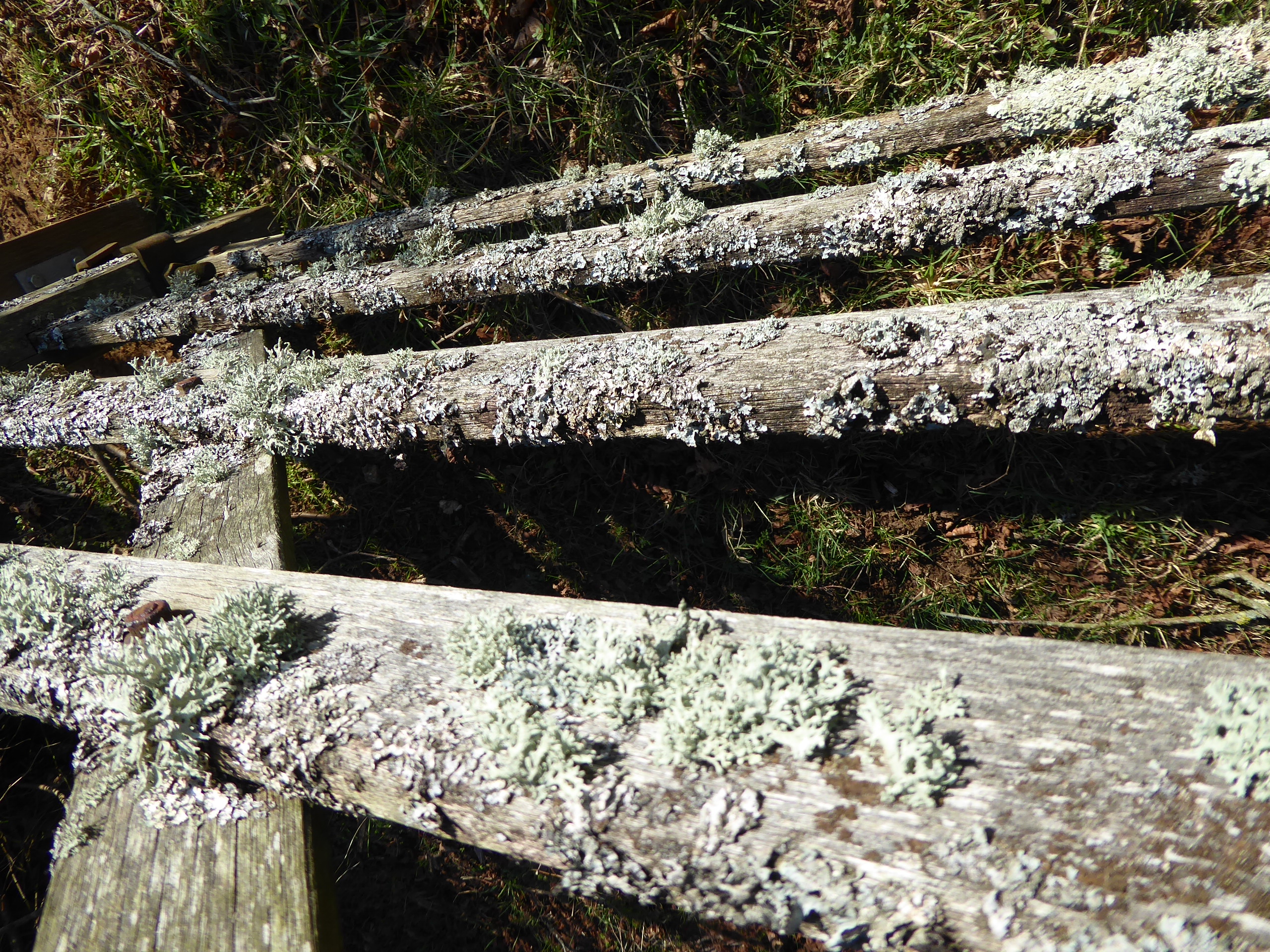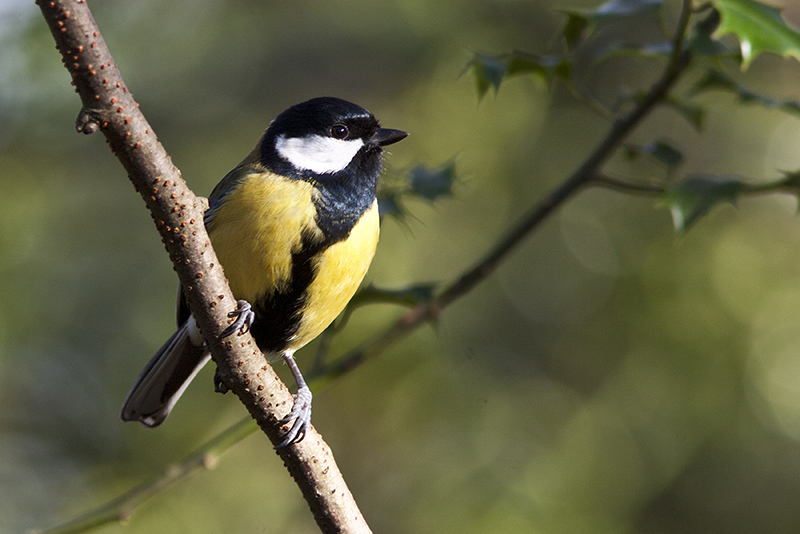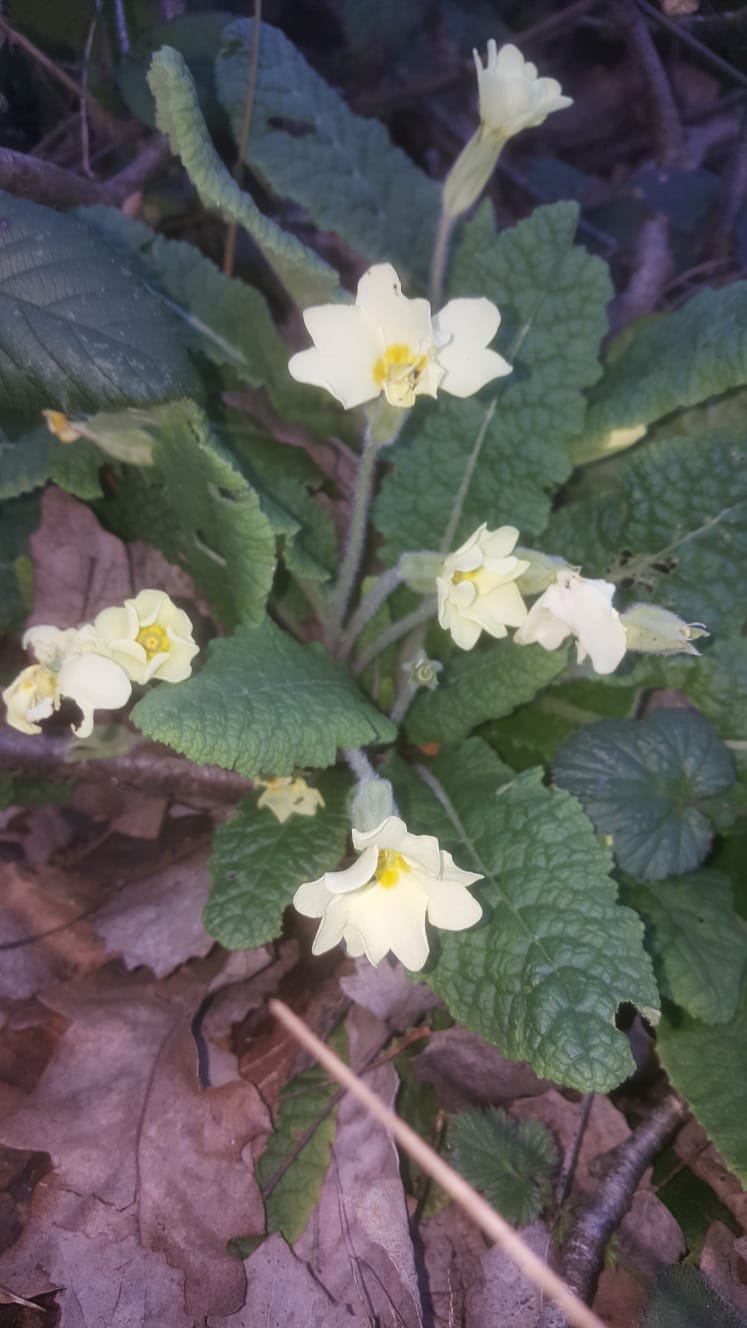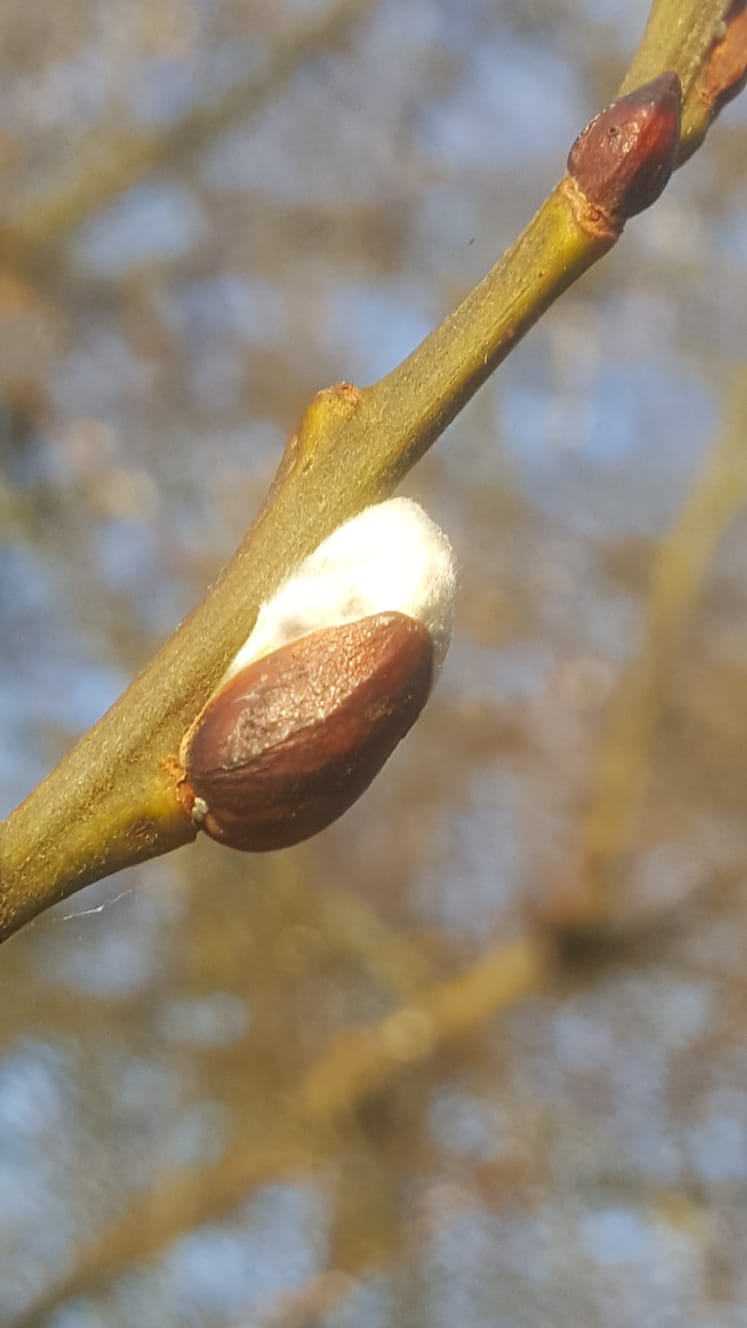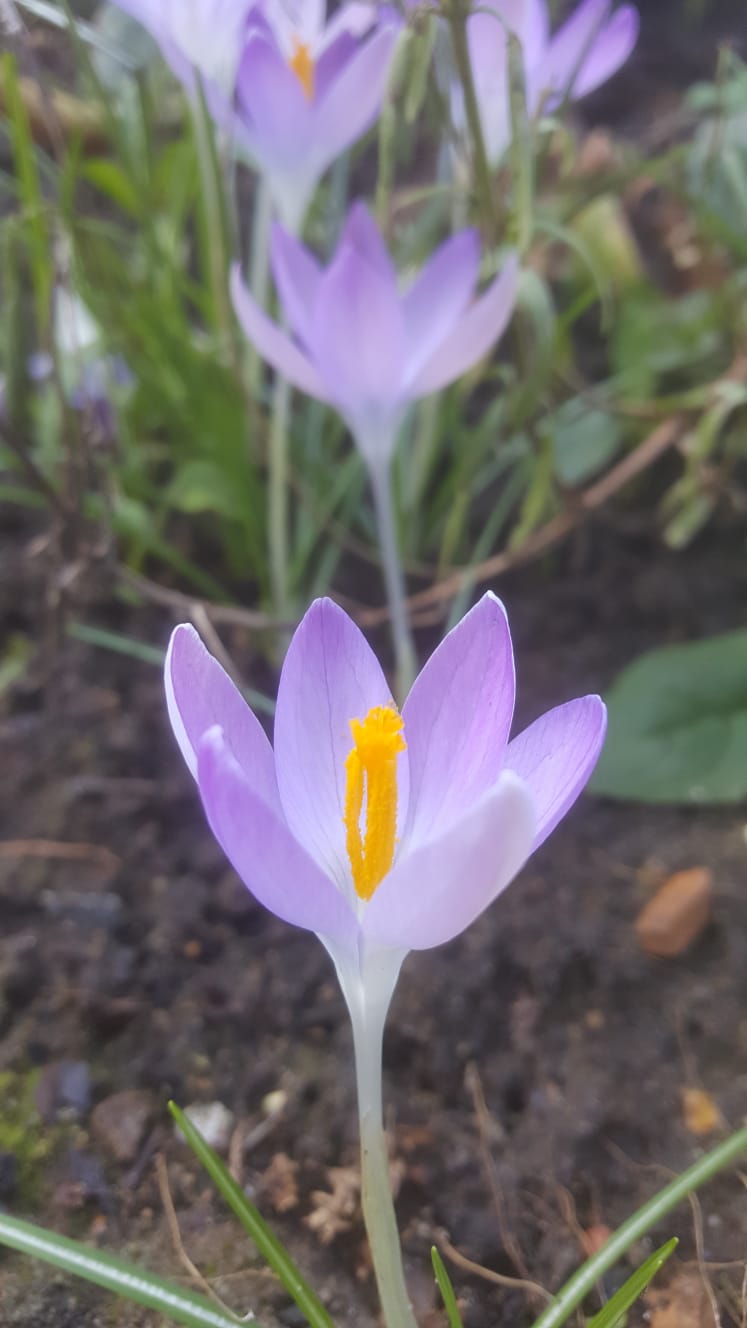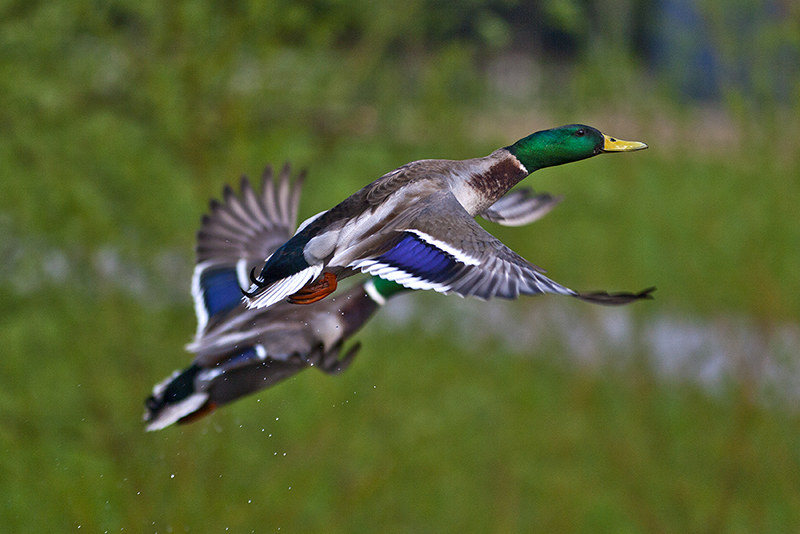Much has been written concerning the proposed development of Blackwell farm to the west of the Royal Surrey Hospital in Guildford and I am not well informed enough to speak with authority on its merits or with outrage at its failings.
Last week I did however walk over the land adjoining the proposed site and was frankly rather surprised at what we found (I was with a mate). My intention was to check on the status of 2 rather rare Surrey visitors previously found on a forgotten piece of land near Wood Street Village, Nightingales and Turtle doves. Sadly no burst of song from the scrub or quiet purring from the trees or hedges. I will be repeating the visit next week much earlier in the day as though I expect to be disappointed again the habitat still looks and “feels” right and there is always hope that an odd pair of these 2 threatened species will have returned.
We did hear and glimpse lots of regulars, tits, Nuthatches, Blackcaps but the surprise came on leaving the scrub behind and crossing in to the the farmland that then runs along the southern face of the Hogs Back.
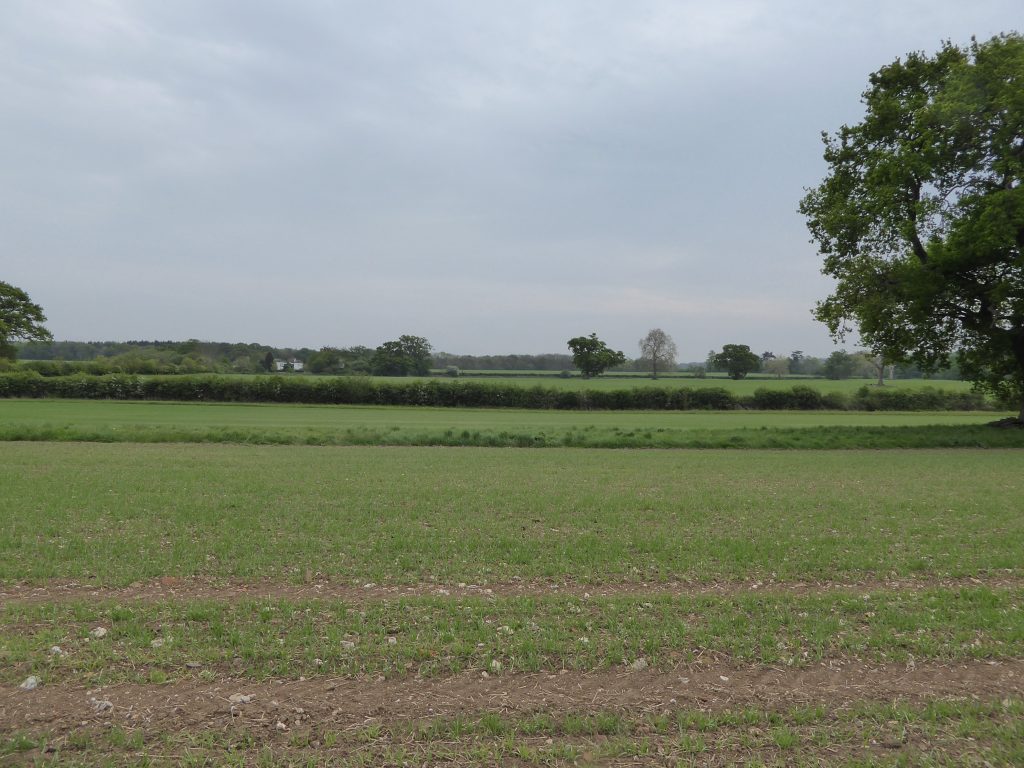
Well not so much the hedgerows! But what was singing at intervals along the hedges, Yellowhammers, quite a few for a birder like me who has worked on heaths for years where they are now largely absent. A further surprise were singing Skylarks. I cannot tell you how bittersweet it is to experience the joy of encountering both these 2 birds when they used to be such a normal part of my environment (up to about 20 years ago). The habitat needs of both these species are thought to be well understood but the complexity of their needs is certainly not going to be served by greatly increasing the numbers of local human residents and their accompanying dogs.
Ok, I know the following photo isn’t great but its the best I could do with a compact!
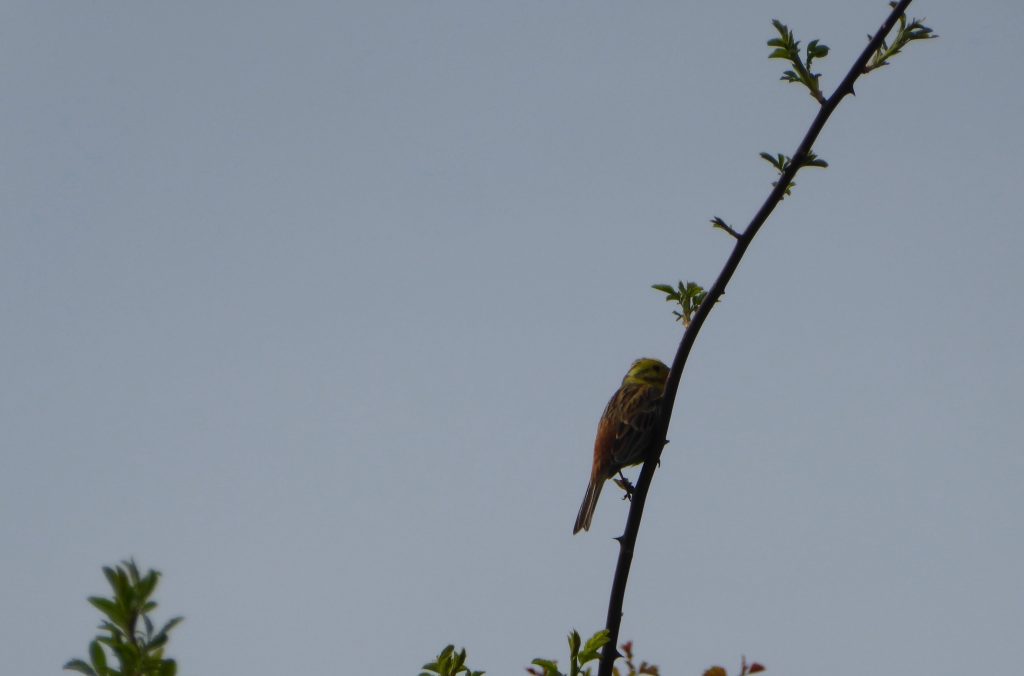
The fields, paths and small pockets of woodland were also dotted with some magnificent trees including some casualties that have been ignored, hooray!
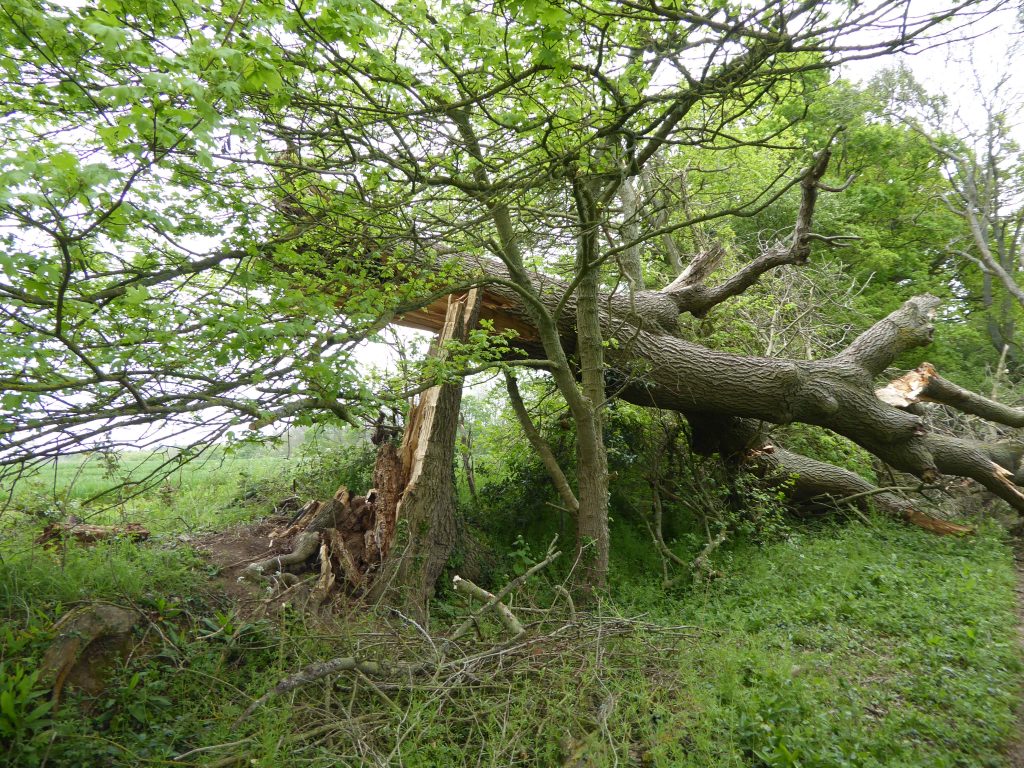
Always amazing to me that fungi, so incredibly important, can help fell such strength.

Take wood and add the wrong/right fungi equals paper like rot.
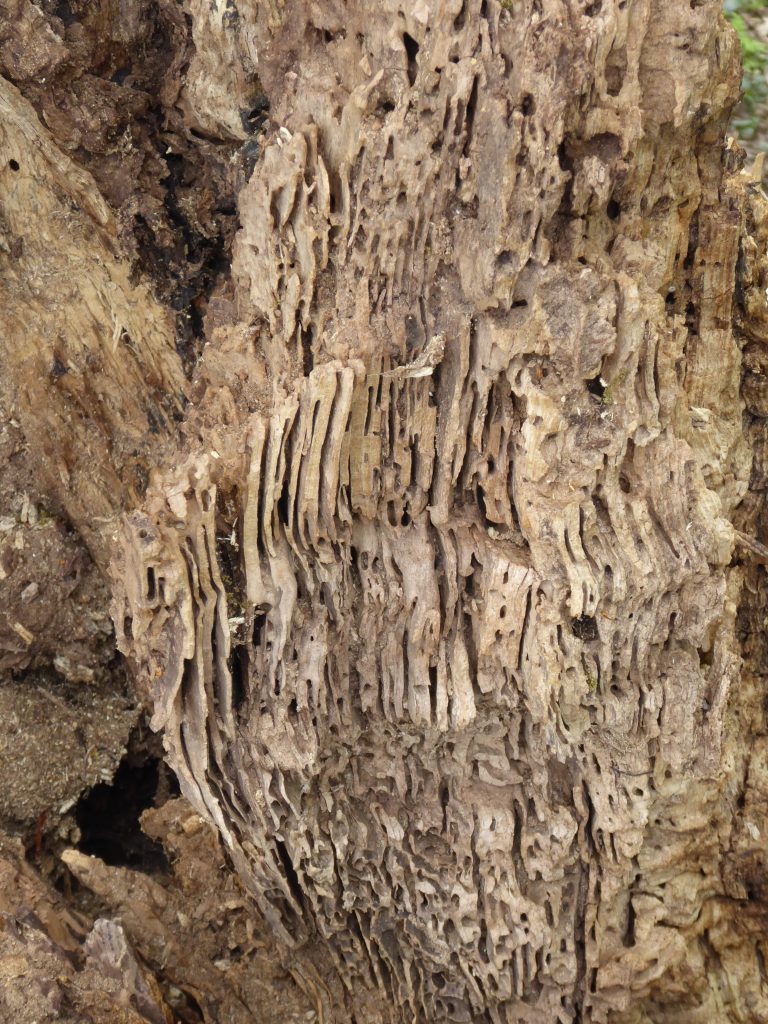
Some of the standing landscape sentinels are just awe inspiring
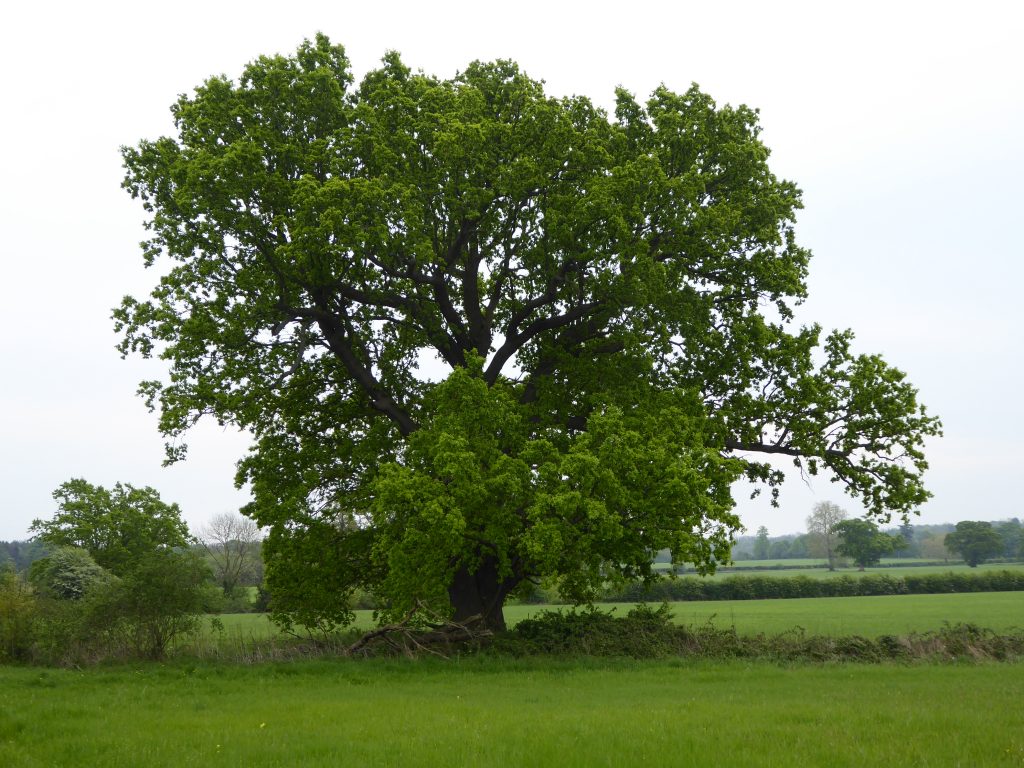
Some years behind its declining neighbour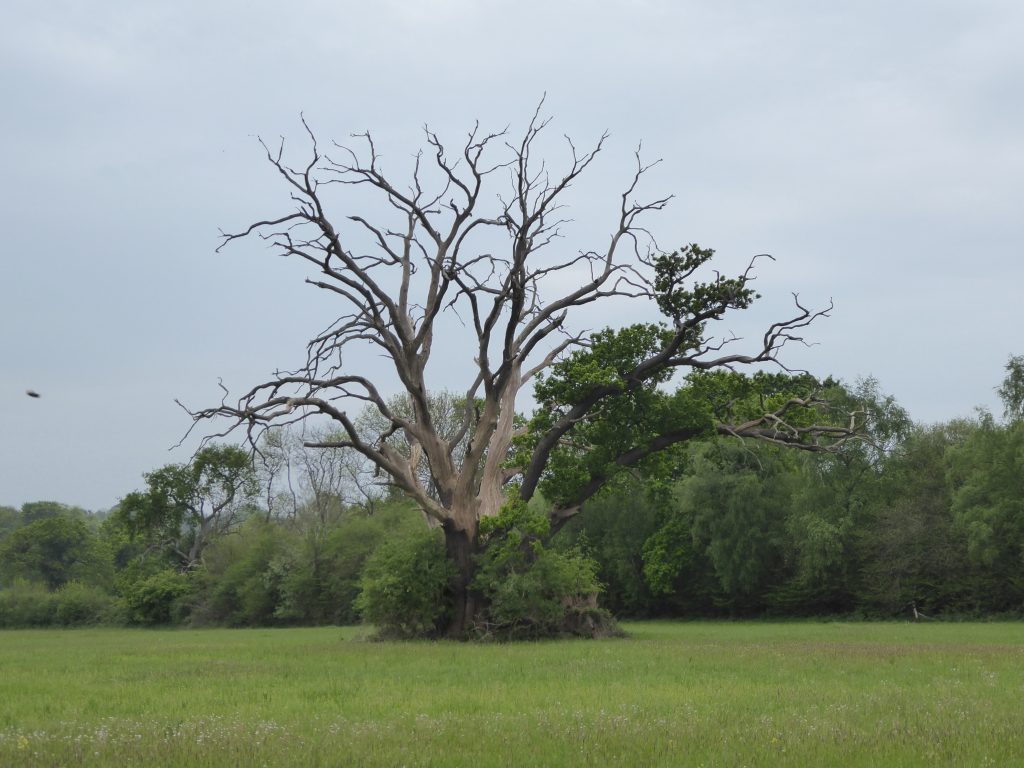
You can think of Oak trees like these as almost a whole world on their own. Problem is the rest of the world intrudes on their health, air quality and soil compaction from machinery can be catastrophic.
Yes it was the middle of the week but there really is little sign the paths are heavily walked or ridden. The impact on this wonderful area, with fantastic potential for wildlife, of large-scale adjacent residential development is difficult to underestimate. The farmed landscape is broken up not just by hedges but by copses of trees like Wildfield Copse and the traces of an older planned landscape.
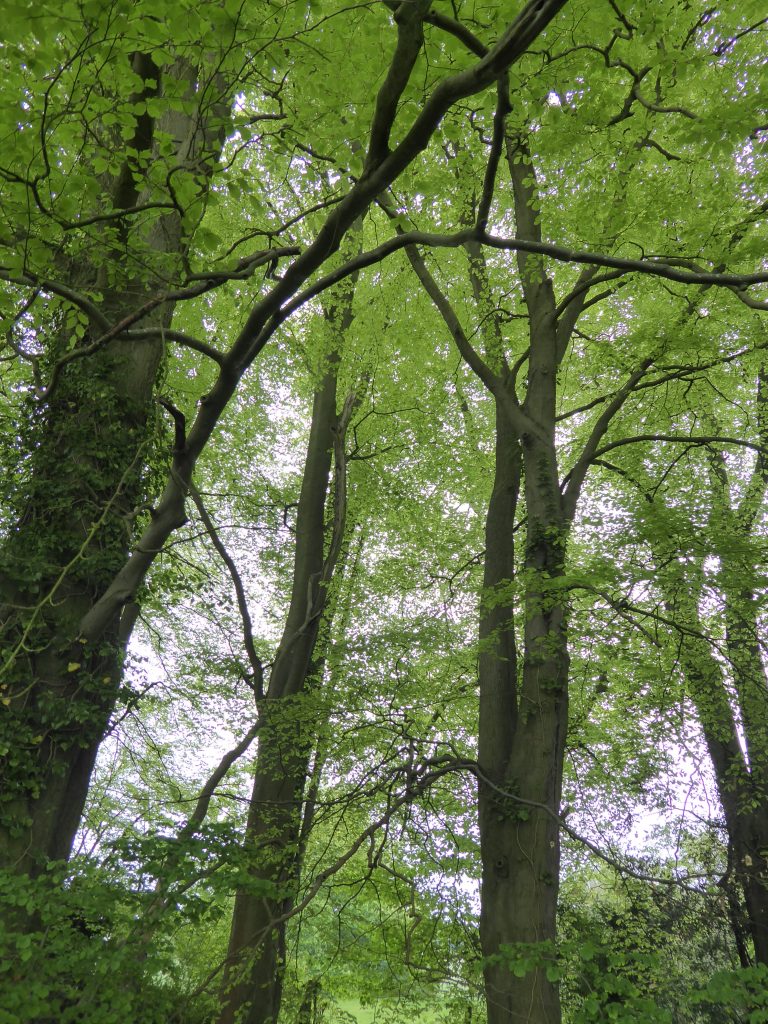
Anybody who isn’t filled with wonder at spring colours needs to have a word with themselves! Get out there and breathe deep.
As we walked past a copse a final surprise amongst the Bluebells
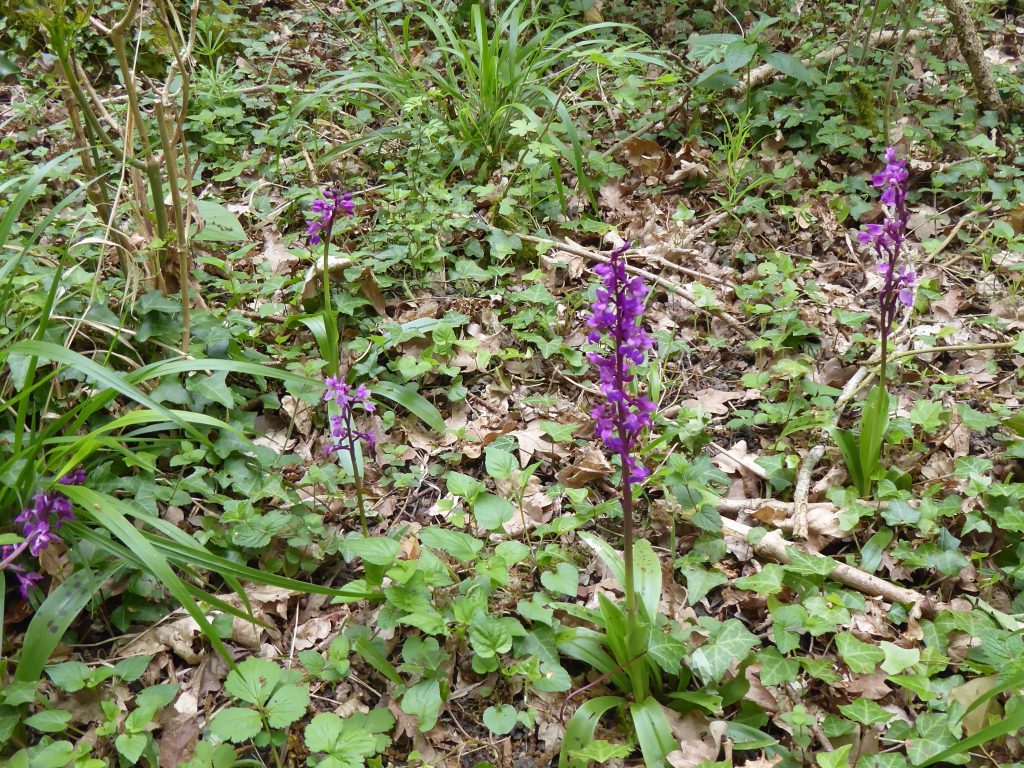
Uncertain future yes but what is certain is that if people don’t get out in their local environment then they won’t know what’s threatened till it’s too late.

